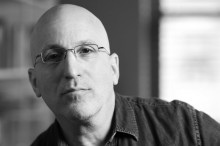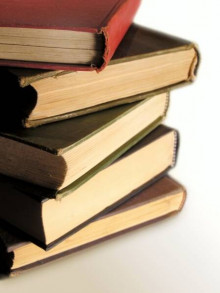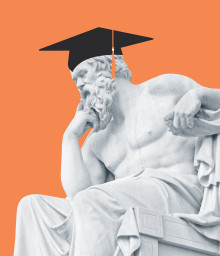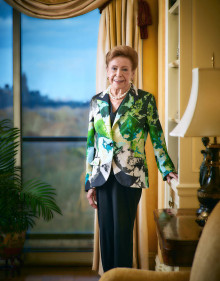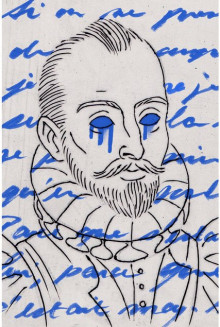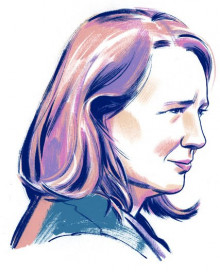Creative Juices
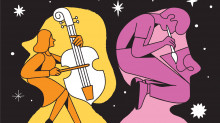
Most people who are involved in creative endeavors are always looking for ways to be MORE creative. I know I am.
That’s why I was drawn to a series of New York Times “Better Living Guides” focused specifically on ways to become more creative.
The link below takes you to five different ideas regarding how to ignite more creativity. I was particularly taken by one that suggests, “Take a Nap.” Here’s how it begins:
So many wonderful scientific experiments have been done to show us the value of downtime for creativity, memory and learning. One of my favorites involves what happens inside the brains of rats when they are constantly stimulated.
In the experiment, done at the University of California at San Francisco, brain activity was measured in rats when they have a new experience. The researchers put the rat on a table, and could see that the rat developed a brain signal associated with a new experience. (It turns out, a new experience for a rat, like being set down on a table the rat has never been on before, can be fairly exciting.) Then, the researchers added a twist by dividing the subject rats into two groups. One group of rats was immediately subjected to another new experience (look, new table!), while another was given downtime.
In the rats that got downtime, researchers could see the brain activity move into a part of the brain called the hippocampus, which is associated with learning and memory. That didn’t happen with the rats that had a second new experience. When they were stimulated with a second new experience, they, in effect, had less of an ability to process what they’d already experienced. This is one experiment of many that show how crucial it is to let your brain go lax, to give it time and space. Think of your brain as if it were someone you’re in a relationship with; sometimes, it needs to have some alone time. This is just a snippet. Want more? You can read all five articles here


